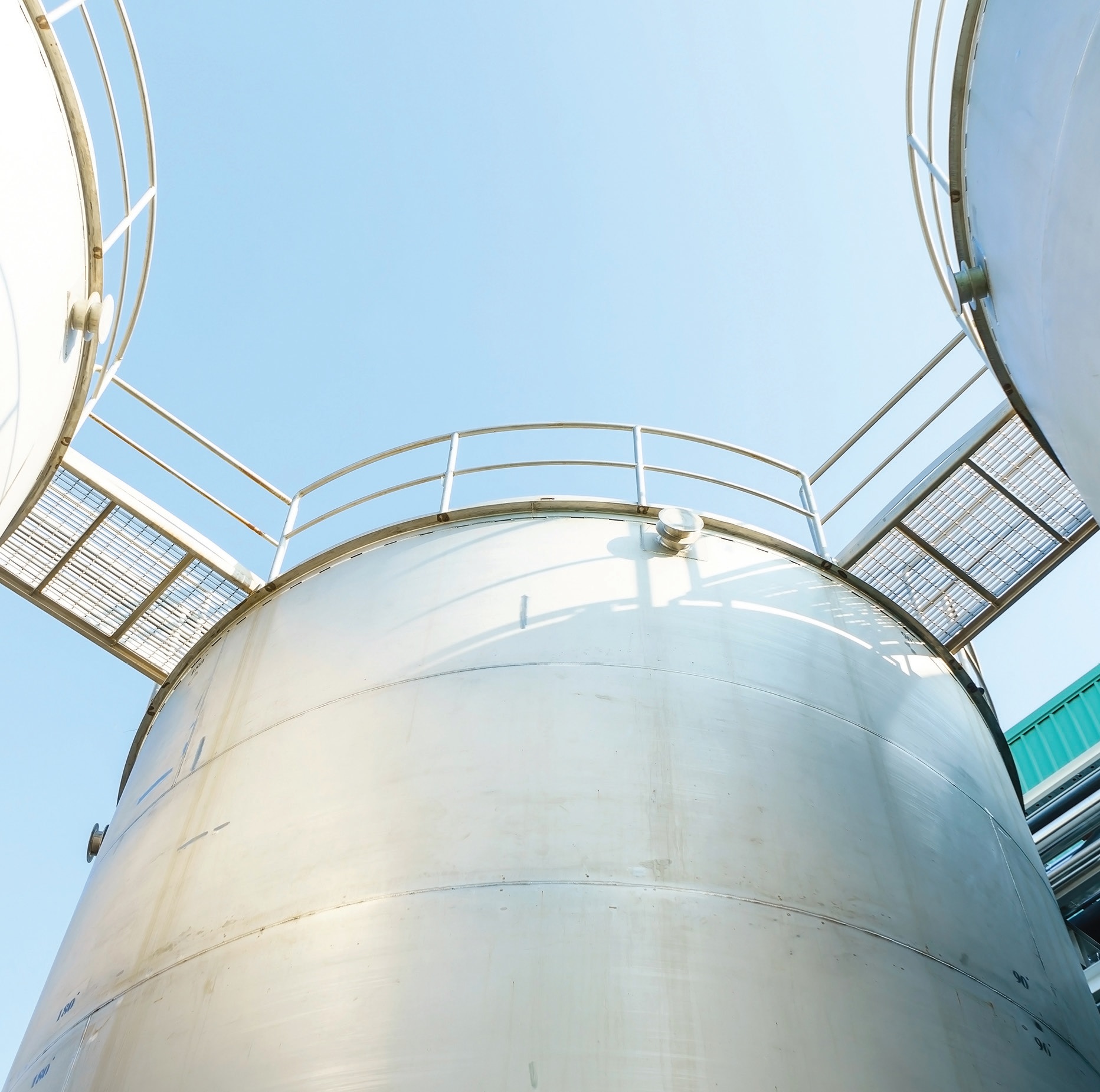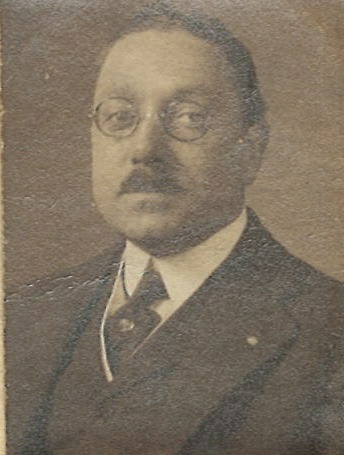Bacon bomb
Evan Zabawski | TLT From the Editor August 2020
Lifting the veil of an odd moniker.

A Bacon bomb sampler is a style of thief sampler intended for sampling liquids from large tanks.
A question that once appeared on certification exams asked, “What is a Bacon Bomb?” The answers on the exam varied from plausible: reference to the container used in the Rotating Pressure Vessel Oxidation Test (formerly Rotating Bomb Oxidation Test), to the ridiculous: the name of a sample that sizzles and pops violently during the crackle test. However, two of the answers referred to different sampling devices, of which one was the correct answer.
An internet search for “bacon bomb sampler” yields a few different manufacturers and dozens of suppliers of a style of thief sampler, or sample thief, intended for sampling liquids from large tanks. Most websites clearly show a device intended for dead bottom samples, describing how the projecting stem on the bottom of the device opens an inlet valve upon striking the bottom of a tank, filling from the bottom while air escapes out the top, and the valve closing as the sampler is withdrawn.
Though one of the top searches states, “Nobody seems to know why these devices are called a bacon bomb sampler,” another manufacturer, Gammon Technical Products, clearly states both versions of their bacon bomb samplers (bottom and average) were “designed by Charles V. Bacon, chemical engineer.”
 Charles Vincent Bacon. Photo courtesy of the Mahwah Museum, https://mahwahmuseum.org .
Charles Vincent Bacon. Photo courtesy of the Mahwah Museum, https://mahwahmuseum.org .
His obituary in the Asbury Park Press states that Charles Vincent Bacon was born in New York, but lived most of his life in Mahwah, N.J. He founded the Charles V. Bacon Co. in Jersey City in 1908 where he offered his services as a private consultant, such as helping patent a paint remover for the Wilson Remover Co. in 1912. Bacon bought a house in Mahwah for his family shortly before joining the U.S. Army Corps of Engineers and serving as a major during World War I.
In 1922, he patented his own method for recovering iron oxide from the iron sludge byproduct created during the manufacture of aniline and other products. A 1938 deposition he provided as an expert witness for a pair of House of Representatives bills on whale oil tariffs shows he qualified himself by stating he had worked for the U.S. Bureau of Mines “as chief of the section on liquid fire, and, later as chief of the section on oil research” where he designed the gun “that was used for the projection of liquid fire and developed liquid fire” prior to joining the Engineer Corps.
Side note: Liquid fire? Gun? Sounds like he invented some type of flamethrower, and do you know the name of the Franciscan Friar credited as one of the earliest advocates of the modern scientific method, who used said method to refine the recipe for fireworks into a more advanced composition called gunpowder? Roger Bacon—a funny coincidence.
Exactly when Bacon invented his sampling device is not clear, but he retired and sold his house in 1960, which was coincidentally the same year Gammon Technical Products was founded in Manasquan—about an hour south of Mahwah on the I-95. Bacon filed a renewal for a trademark he owned (a representation of a seahorse and a retort vessel) in June 1959, but its use is not known and does not appear on any Gammon products.
Second side note: Do you know what the word gammon means? Among many uses, as a verb, it refers to curing bacon by salting, and as a noun, it refers to the lower or hind part of a side of bacon. I love such coincidences!
While the story is not complete, we understand how the first half of the name bacon bomb came to be, but what about the second half? The answer is rather anti-climactic as the term “bomb” is frequently applied to sealed objects of a tubular shape. But this holds especially true for a bacon bomb considering that when dropped into a tank, almost freefalling to the bottom, it orients its tip downward to trigger its action upon contact with a hard surface—just like a bomb dropped from an airplane.
Evan Zabawski, CLS, is the senior technical advisor for TestOil in Calgary, Alberta, Canada. You can reach him at ezabawski@testoil.com.